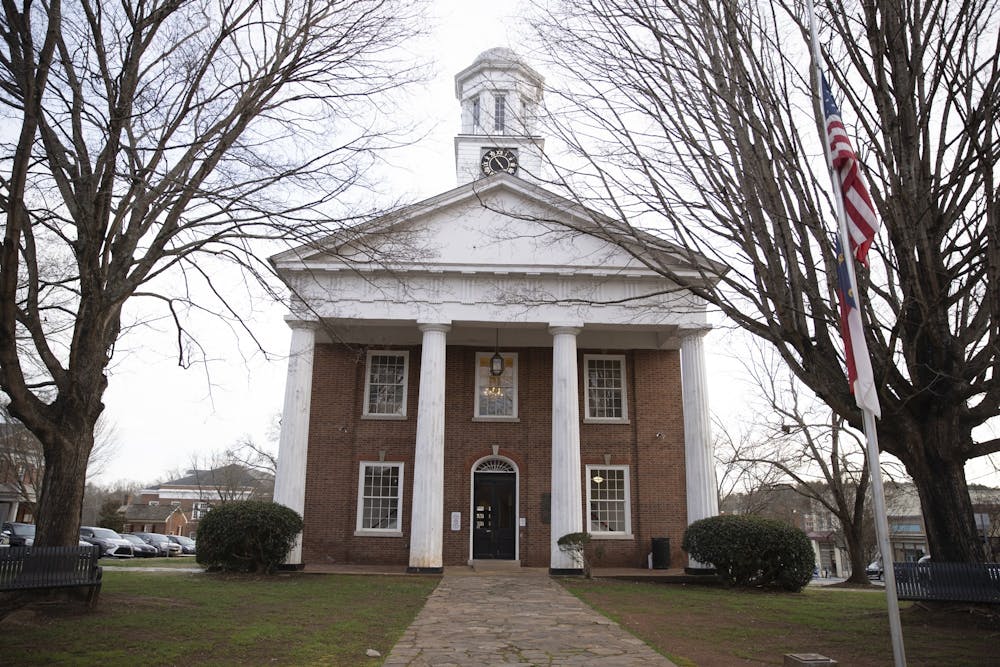A portrait of former North Carolina Chief Justice Thomas Ruffin has been removed from the Orange County Historic Courthouse due to research that discovered Ruffin was an enslaver, a slave trader and the author of State v. Mann, which allowed enslavers to use nearly any means necessary to exercise limitless control over their slaves.
This research, which was conducted by Orange County Commissioner Sally Greene and UNC law professor Eric Muller, was used by James Williams, the first vice president of the Chapel Hill-Carrboro NAACP, to advocate for the removal of the portrait.
Greene said in an email that it can be difficult to draw the line between honoring history and fighting for justice.
“When it comes to the American South, honoring history and fighting for justice are the same project," she said. "So much of what has passed for history of the Civil War and its aftermath was really the propaganda of the losing side. Setting the historical record straight is critical to a full and honest reckoning with our past.”
Muller said over email he was inspired to contribute to this research after communicating with Greene, who had been conducting research about Ruffin’s legacy for a number of years prior.
“I am very interested in how we remember the past — in particular, how we remember the mass removal and incarceration of Japanese Americans in World War II, which is the main focus of my own scholarship," Muller said. "And I found the continued veneration of Ruffin deeply troubling, especially once I dug into his letters at Wilson Library and saw the hidden truth about his brutality to enslaved people in his own personal life."
Last month, Williams reached out to the Orange County Commissioners to request the formation of a portraiture committee.
Following Williams’ request, the assistant county manager agreed to the portrait’s removal upon request by Senior Resident Superior Court Judge Carl Fox. Fox then requested the removal a few days later, citing a precedent in which a portrait of former U.S. Court of Appeals Judge Peter Phipps, who had a similarly racist past, was removed from the mural courtroom.
Muller said although he played a significant role in the activism that prompted the portrait’s removal, he thinks decisions like this one call for careful reflection.



